
15311826613
Click to add WeChatFlake graphite can be divided into two categories according to its crystal form: cryptocrystalline (earthy) and flake graphite. Common flake graphite usually presents natural phaneritic, has a layered structure, and is shaped like fish scales, belonging to the hexagonal crystal system. It mainly exists in geological environments such as gneiss and schist, and is often blue-gray in color. After weathering, it may appear yellow-brown or gray-white. Its grade is average, and it may be accompanied by a variety of paragenetic minerals, such as feldspar, quartz, biotite, pyrite, pyrrhotite, and rutile. According to different ore deposit characteristics and ore properties, methods for purifying flake graphite include flotation, alkali acid method, hydrofluoric acid method, chlorination roasting method, and high temperature method.
The flotation purification process is mainly suitable for low-carbon flake graphite ore. Since flake graphite has good floatability, its process adopts the method of multi-stage re-grinding and multi-stage re-selection of coarse concentrate, which helps to timely screen out the dissociated large flake graphite and avoid crushing due to repeated grinding. In the flotation process, commonly used flotation reagents include kerosene, diesel, heavy oil, sulfonate, sulfate, phenols and carboxylic acids as collectors, while 2# oil and 4# oil are used as frothers. At the same time, water glass and sodium fluorosilicate are often used as inhibitors to effectively separate graphite from other impurity minerals.
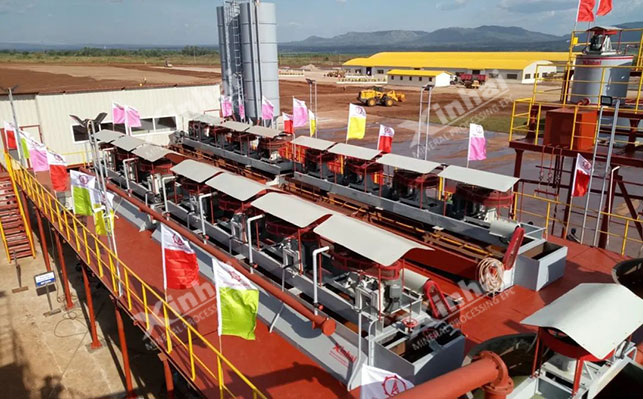
Flotation purification can make the graphite grade reach 80%~95%, or even about 97%, and this method has low drug consumption, low energy consumption, and low cost. However, the process requires multiple selections, a large amount of middlings returned, a complex process, and the production process is not easy to control. In addition, the extremely fine silicate minerals and compounds of elements such as potassium, calcium, sodium, magnesium, and aluminum mixed in the graphite ore cannot be separated into monomers during the grinding stage, so other processes are needed after the flotation method for further purification.
The alkali-acid purification method of flake graphite ore is mainly suitable for medium carbon graphite and high carbon graphite. The alkali-acid purification method of flake graphite ore mainly consists of alkali fusion process and acid leaching process.
Alkali fusion process: Taking advantage of the acid and alkali resistance of graphite, sodium hydroxide and graphite are mixed in a certain proportion and calcined at high temperature. In the molten state, the alkali reacts chemically with some impurities in the graphite (such as quartz, silicates and aluminosilicates, etc.) to generate water-soluble or acid-soluble salts. These impurities are removed by washing, thereby achieving the purification of graphite.
Acid leaching process: The impurities (such as metal oxides) that did not react with the alkali during the melting process react with the acid and are converted into soluble salts. These impurities are then removed by washing to improve the purity of graphite.
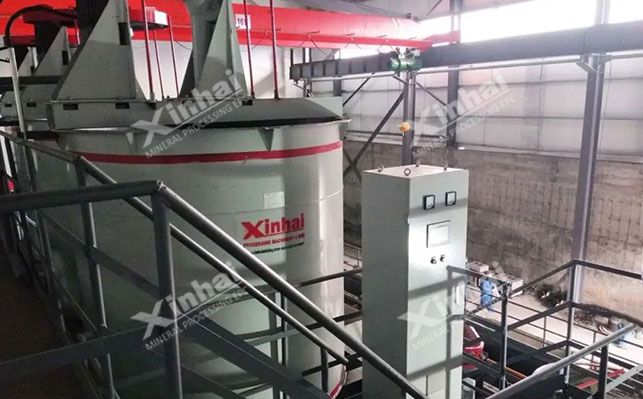
Alkali-acid purification can make the graphite grade reach 99.5%. This method has the advantages of simple equipment, strong applicability, small one-time investment, and can obtain high-grade graphite. However, the process needs to be carried out at high temperature, with high energy consumption and water consumption. At the same time, the reagents used are highly corrosive to the equipment.
Hydrofluoric acid purification method is mainly suitable for purifying high-carbon graphite ore. Graphite has good acid resistance, especially strong resistance to hydrofluoric acid. This method uses the main impurity silicate in graphite to react with hydrofluoric acid to generate fluorosilicic acid (or salt). After a period of reaction at a certain temperature, a water-soluble compound (or volatile) is generated, and then the impurities are removed by washing to obtain high-purity graphite. In order to avoid the precipitation of impurities (metal ions), a small amount of dilute sulfuric acid, dilute hydrochloric acid, dilute nitric acid or fluorosilicic acid is often added to hydrofluoric acid to remove the interference of impurity elements such as Ca, Mg, and Fe.
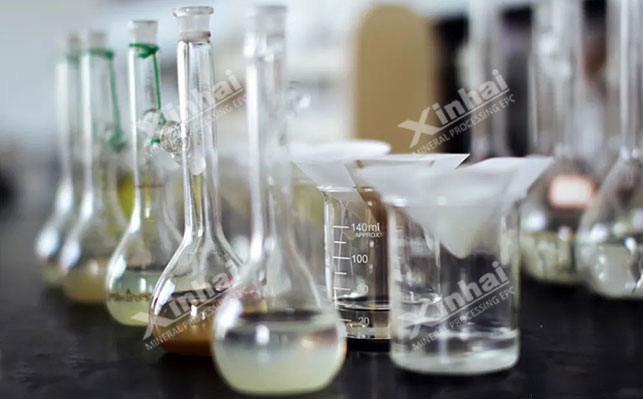
This method has a simple process flow and can purify graphite ore with high grade and low cost. However, hydrofluoric acid is volatile, highly toxic and corrosive. Improper use may lead to safety accidents and environmental pollution. Strict safety protection measures must be taken during use, and the wastewater generated must be centrally treated to meet the standards before it can be discharged.
The chlorination roasting purification method is mainly suitable for treating graphite ore containing silicates. First, add an appropriate amount of reducing agent to the graphite ore, and then introduce chlorine gas under a certain atmosphere and equipment for high-temperature roasting. At high temperatures, this causes chlorine gas and impurities in graphite (such as silicates, aluminum silicates, etc.) to decompose into oxides such as SiO2, Al2O3, Fe2O3, and CaO. These oxides react with chlorine gas to form meteoric or condensed metal chlorides and complexes. Then, by utilizing the low boiling point of chloride, high-temperature roasting makes it vaporize and escape, thereby achieving effective separation of impurities and graphite to obtain high-purity graphite.
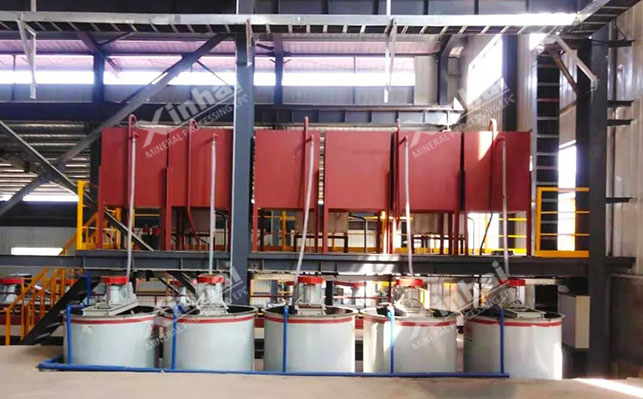
This method has high purification efficiency, low energy and cost, and high recovery rate. However, the chlorine gas used is toxic and highly corrosive, which may cause equipment corrosion and environmental pollution. In addition, the process stability is insufficient, which may limit the purity of graphite products. Due to these problems, this method is relatively rarely used in actual production.
The high-temperature method is suitable for small-scale production with strict requirements on graphite purity. It is to separate graphite and impurities by using the difference in melting and boiling points. The melting point of graphite is 3652℃ and the boiling point is 4250℃, which is much higher than the boiling point of 2750℃ of impurities such as silicate. It is one of the substances with higher melting and boiling points in nature. In the high-temperature method, graphite ore is added to a graphite crucible, and the temperature is raised to above 2700℃ under a certain atmosphere using specific equipment to vaporize and escape the impurities, thereby achieving the purification of graphite.
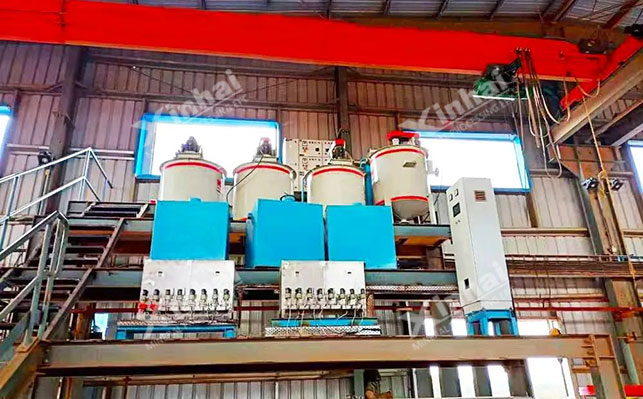
This method has high purification efficiency and the purity of graphite can reach 99.99%. However, its process energy consumption is large and the requirements for equipment and raw materials are high. In addition, there are certain requirements for the purity of graphite ore. The production process requires a specific high-temperature furnace and strict heating conditions, which leads to relatively high production costs.
As the application of graphite in various fields continues to expand, the requirements for its purity are getting higher and higher. In the actual flake graphite ore beneficiation process, factors such as the nature of the ore, the type and content of impurities contained, process conditions and economic efficiency are considered. It is necessary to determine the mineral properties of flake graphite ore based on beneficiation tests and select suitable purification processes and purification methods. This ensures that graphite products meet the required purity and quality requirements and meet the application needs of different fields.